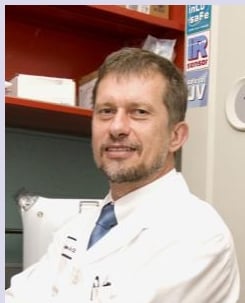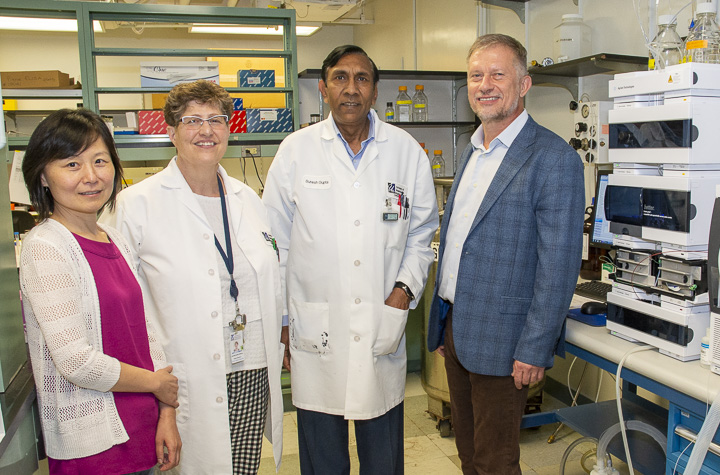About Us
Under the directorship of Dr. Alexei Bogdanov, the mission of the Laboratory of Molecular Imaging Probes is to develop diagnostic and theranostic contrast agents and sensing probes capable of detecting/treating human disease at its earliest stage.
Our most recent efforts have been focused on applying both well-established and emerging cross-sectional in vivo imaging modalities (e.g. magnetic resonance imaging, photoacoustic, fluorescence lifetime tomographies) to detect and measure real-time, molecular-level physiological events so as to gain a better understanding of disease development and progression in realistic animal models of human disease. We believe that these imaging probes and sensors, along with the technical advances that result from their application in vitro and in vivo, will be of future use in high-content screening and will ultimately be translatable to diagnostic imaging strategies in vivo.
Research Interests
- Increasing the selectivity and sensitivity of existing imaging probes designed for magnetic resonance, nuclear medicine and optical imaging applications
- Non-invasive in vivo microscopy as well as in vivo imaging of proteolytic activity in tumor compartments in living animal models of cancer and inflammation
- Detection of protein-DNA interactions in living cells and in realistic animal models of human diseases
Recent accomplishments include development of:
- A low molecular mass sensor for high-resolution MR imaging of vascular wall inflammation, working collaboratively with investigators at the UMass New England Center for Stroke Research, Massachusetts General Hospital and Stanford University
- A model system of inflammatory brain aneurysm that has enabled imaging of cellular mechanisms underlying vascular wall instability using clinical 3T MRI
- A novel approach to chemically tag nucleoside binding sites within oligonucleotide duplexes, using proprietary technology to design and build sensors that respond to major groove-specific transcription factor binding by increasing the fluorescence life times of cyanine fluorophores
- Gold nanoparticles with long circulation times in vivo that can be used for photoacoustic multiplexing
Principal Investigator
Dr. Alexei Bogdanov, PhD, ScD, Professor

Lab Members
Surong Zhang, PhD, Instructor, Anita Leporati, BS, Research Associate, Suresh Gupta, PhD, Research Associate, Alexei Bogdanov, PhD, ScD, Professor, Mary Mazzanti, PhD, R.T. (MR), Grants & Research Development,
